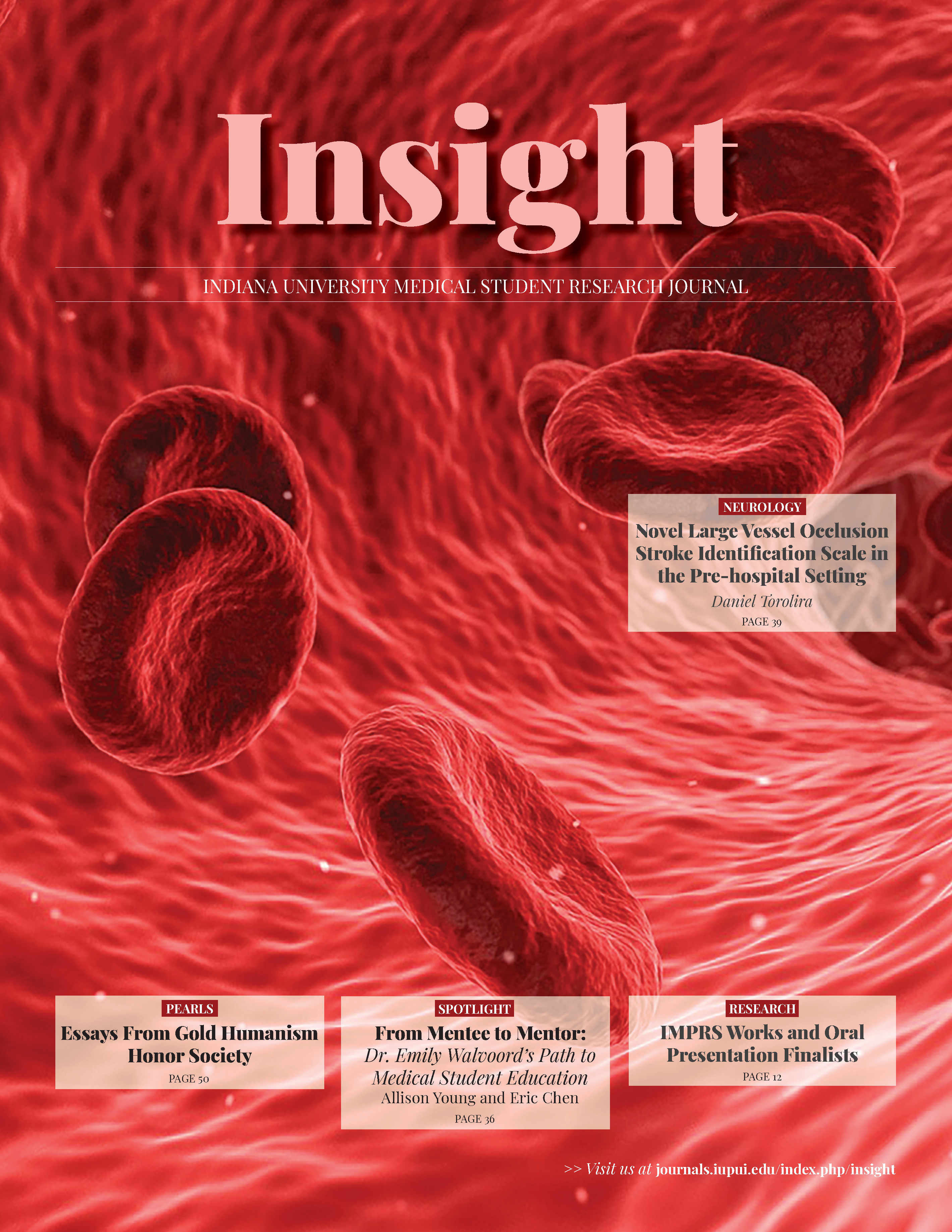Targeting the Warburg Effect to Overcome Lapatinib Resistance in Esophageal Adenocarcinoma
Abstract
Background: Esophageal adenocarcinoma (EAC) is known to overexpress HER2. Lapatinib, a dual tyrosine kinase inhibitor blocking HER1 and HER2 pathways fails to improve patient survival. The molecular mechanisms of this lapatinib resistance remain largely unclear. Therefore, we explored the role of the glycolytic enzyme pyruvate kinase M2 (PKM2), a key regulator of the Warburg effect, in the lapatinib resistance mechanism of EAC cells.
Methods: First we established a lapatinib-resistant OE19 (LPR-OE19) cell line from OE19 EAC cells and characterized it. We then investigated the comparative cell growth inhibition and apoptotic effects of the HER2 inhibitor lapatinib and the PKM2 inhibitor shikonin, either alone or in combinations, with and without knockdown of PKM2 by siRNAs. In vitro cell growth was detected by WST-1 assay, protein expressions were detected by western blot analysis and ActivSignal assay, gene expressions were detected by qRT-PCR, cell migration capability was detected by wound scratch assay, and lactate production was detected by a lactate assay kit. To identify whether PKM2 interacts with HSP40 protein, co-immunofluorescence and immunofluorescence microscopy were used to detect their sub-cellular localization in LPR-OE19 cells.
Results: Lapatinib resistant LPR-OE19 cells showed downregulation of HSP40, both at protein and mRNA levels, whereas it showed upregulation of PKM2 only at the protein level. LPR-OE19 cells showed significantly reduced sensitivity to lapatinib induced cell growth inhibition, apoptosis, and decreased cell migration compared to parent OE19 cells. Interestingly, augmented cell growth inhibition, apoptosis, and decreased cell migration were observed in LPR-OE19 cells compared to parent OE19 cells when lapatinib was combined with shikonin. More interestingly, knockdown of PKM2 in LPR-OE19 cells abolished the reduced sensitivity of lapatinib induced cell growth inhibition and also abolished the augmented cell growth inhibition response when lapatinib and shikonin were combined. Moreover, LPR-OE19 cells showed enhanced lactate production compared to parent OE19 cells, while PKM2 knockdown in LPR-OE19 cells caused decreased lactate production. Interestingly, PKM2 and HSP40 co-localize with each other in the cell nucleus suggesting that PKM2 binds to the molecular chaperone HSP40.
Conclusions: These data suggest that combination therapy with HER2 inhibitor lapatinib and glycolytic inhibitor shikonin could be a novel treatment strategy for specific EAC.
Downloads
Published
Issue
Section
License
Copyright to works published in Insight is retained by the author(s).

